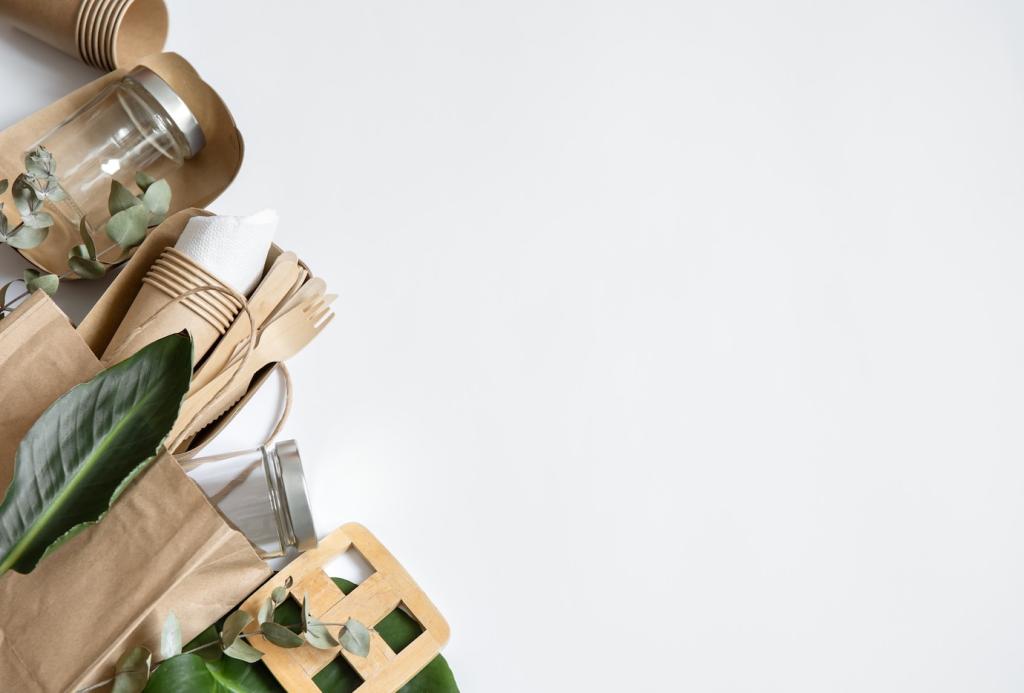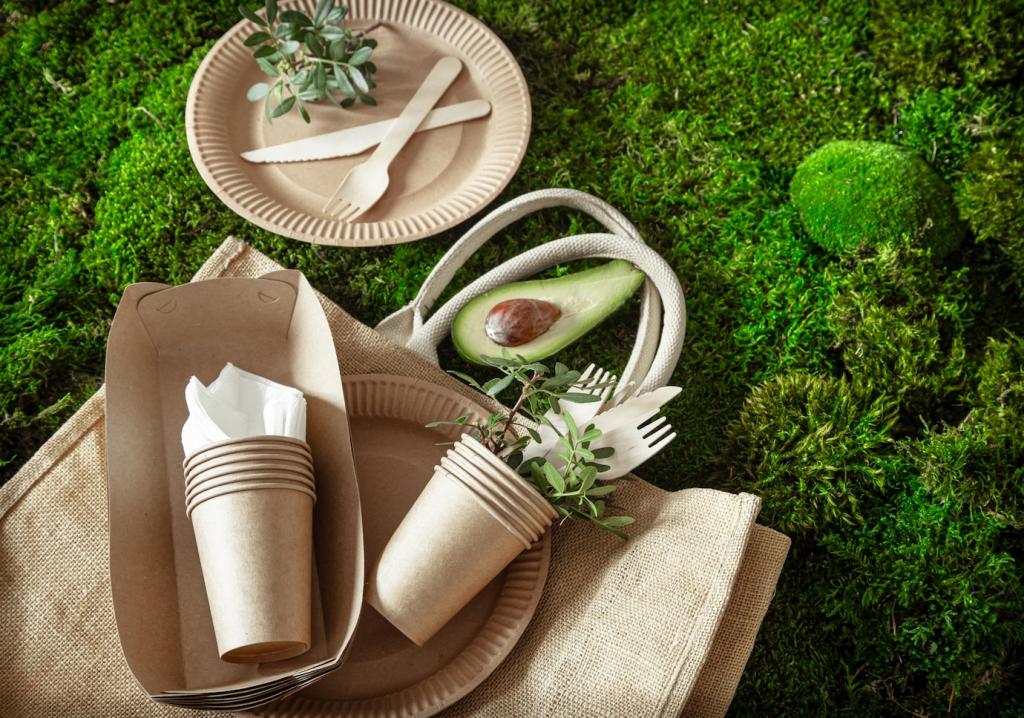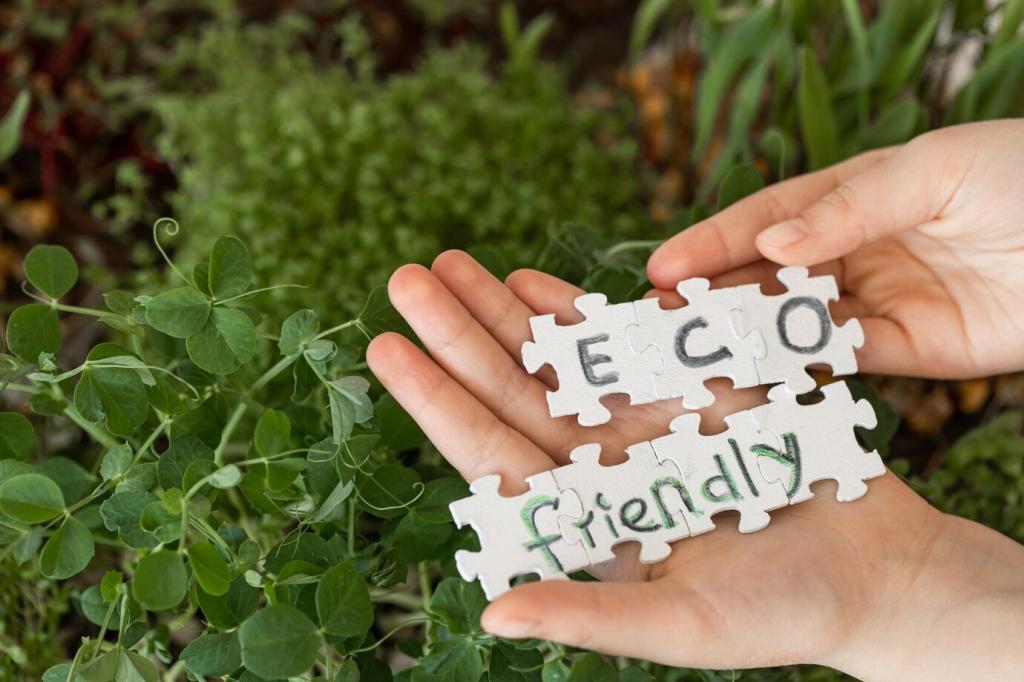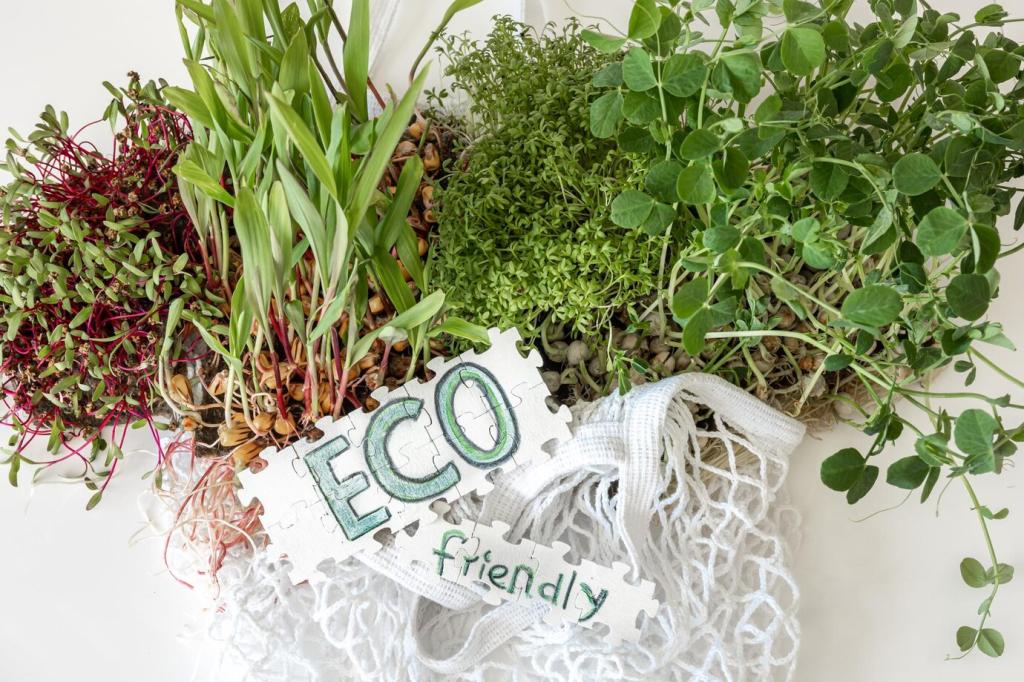The Recycled Material Palette
Sourced from barns, gym floors, or shipping crates, reclaimed wood brings warmth and history. Stabilize, plane, and finish it thoughtfully to highlight grain, respect imperfections, and achieve contemporary lines with soulful depth.
The Recycled Material Palette
Crushed bottle glass set in cement or resin forms vibrant terrazzo slabs and tiles. The sparkle catches light beautifully, and custom color blends allow designers to subtly reference local recycling streams and community stories.







